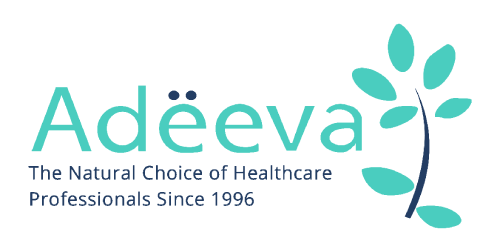
LMU 137 – Breathing Easier: Unveiling the Potential of NAC in COPD Management
Source: Egyptian Journal of Chest Diseases and Tuberculosis (2013)
Lifestyle Medicine Update (July 26, 2019)
Introduction:
COPD, or chronic obstructive pulmonary disease, stands as a formidable adversary—a lung disease that orchestrates chronic obstruction of airflow, robbing its victims of the simple act of breathing. The terminology once distinct, like chronic bronchitis, asthma, and emphysema, has now found its common ground within the umbrella of COPD. With an unyielding progression, this ailment takes hold, etching its mark as the fourth leading cause of death in the U.S. While cigarette smoking looms large as the culprit in 80% of COPD cases, the remaining 20%—including asthmatics—bear witness to a different narrative.
A Two-Fold Approach: Beyond Symptomatic Relief
As the battle against COPD unfolds, the weaponry at hand often focuses on alleviating symptoms. Yet, a broader perspective has emerged—one that seeks to unearth the root causes fuelling the relentless progression of airway obstruction. In the wake of this pursuit, a natural ally steps forth—N-acetyl cysteine, affectionately known as NAC. Recognizing the potency of NAC in quelling the very factors that nurture COPD’s growth, researchers delve into studies that merge standard drug therapy with NAC supplementation. The promise lies in NAC’s ability to wield its influence, taming the flames of inflammation, curbing free radical damage, and dismantling stubborn lung mucus.
NAC: A Shield Against Inflammation and Damage
Enlightened by the intricate dance between inflammation and COPD progression, researchers turn to NAC for answers. Their experimental studies unravel a truth—the potential of NAC to subdue the elements that embolden COPD’s march. The curtain rises on NAC’s multifaceted prowess: it not only curbs free radical damage to lung tissue but also quashes lung inflammation. Most intriguingly, NAC’s repertoire includes the power to disentangle lung mucus, disarming its role as a breeding ground for bacteria and viruses.
A Glimpse into the Future: The Clinical Trial That Speaks
A pivotal moment emerges in 2013—a clinical trial that casts NAC in the spotlight. The stage is set with 45 acute exacerbation COPD patients, each a testament to the gravity of the disease. The journey commences with a dosage of 1,200 mg per day of NAC, administered in three divided doses of 400 mg each. As the days unfold, the trial weaves a tale of transformation. For those embracing NAC, a symphony of change reverberates—lung inflammatory markers diminish, free radical markers retreat, and the realm of pulmonary function basks in improvement. Pulmonary function tests (FEV1, FVC, and FEV1/FVC) echo the triumphant cadence, as the partial pressure of oxygen in the blood (PaO2) surges. In just 10 days, the metamorphosis is palpable—breathing eases, and oxygen’s embrace deepens, a testament to NAC’s potential in the battle against COPD.
The Potential Unveiled: A Glimpse into NAC’s Reach
The pages of this study hold a revelation—a testament to NAC’s embrace as a pivotal companion in the journey against COPD. As the curtain falls, a truth resonates—NAC’s role extends beyond mere supplementation. Its synergy with standard drug therapy opens new vistas of hope, poised to halt, and even reverse, the hallmarks of this ailment.
Conclusion: NAC’s Resounding Echo
The stage is set, the spotlight cast—NAC steps forward, offering solace to those ensnared by COPD’s grip. The melody of inflammation retreats, the symphony of free radical damage recedes, and the fortress of mucus crumbles under NAC’s touch. With each breath, a tale of transformation unfolds—one where NAC, alongside conventional therapy, charts a course towards relief and resilience. As the journey against COPD continues, NAC’s echo reverberates—a powerful ally, a beacon of hope, and a pathway towards breathing easier.
Reference:
Hafiz AM, Wakeel LM, Hady, Mourad AR. High dose N-acetylcysteine improves inflammatory response and outcome in patients with COPD exacerbations. Egyptian Journal of Chest Diseases and Tuberculosis. 2013, 62 (1): 51-57 [Link](https://www.sciencedirect.com/science/article/pii/S0422763813000253)
Eat Smart, Live Well, Look Great,
Dr. Meschino

Dr. James Meschino
ABOUT THE AUTHOR
Dr. James Meschino, DC, MS, ROHP, is an educator, author, and researcher having lectured to thousands of healthcare professionals across North America. He holds a Master’s Degree in Science with specialties in human nutrition and biology and is recognized as an expert in the field of nutrition, anti-aging, fitness, and wellness as well as the author of numerous books.


